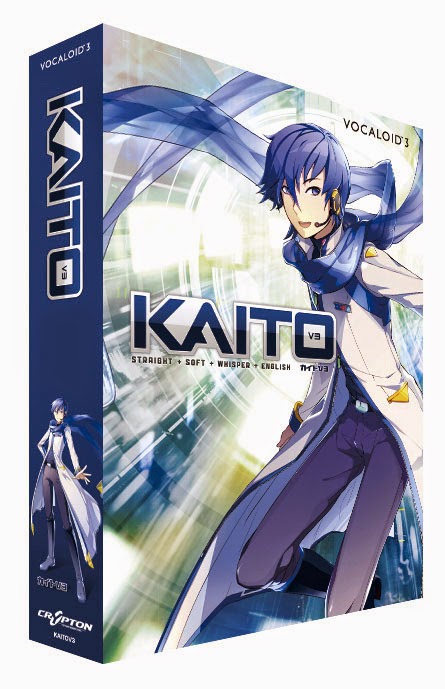
UTAU has a version for Windows, and also one for Mac called UTAU Synth. So it has much more available voicebanks than VOCALOID, but the downside is that the quality varies greatly depending on the recording quality, the voicebank settings, the intonation and the pronunciation of the person who made the recording. The voices are also provided by real people, with the difference that anyone can record his/her own voice and put it in the program without relying on contracts, studios and professional singers. It's also proprietary, but is free (technically it's a shareware, but one of the few "advantages" of paying are just some interface improvements and maybe access to earlier test versions before the "general public", but it works for free with no problems).

UTAU (meaning "to sing" in Japanese), is the name of another singing synthesis program, however it was developed by a fan. Cover of "Roda Viva", with the Galaco voicebank (forced to sing in Portuguese!)."Greensleeves", with the Avanna voicebank (English).

"Aitai" ("会いたい"), with the Megpoid/Gumi voicebank."Cendrillon", with the VY2 and VY1 voicebanks.Natsu no Umi ("夏の海"), with the Kagamine Len and Kagamine Rin voicebanks."Packaged", with the Hatsune Miku voicebank.VOCALOID runs on Windows and Mac.įor detailed information on all VOCALOID voicebanks available, visit the VOCALOID Wiki (which explains all this much better than me :P). The most popular one is Hatsune Miku (I don't like her very much) but there are many others. Each voice is represented by a character. The voices are provided by real people, mostly actors or singers. VOCALOID is a singing synthesis software, paid and proprietary, whose engine is developed by Yamaha. I just knew it had to do with music, and for a while I had thought it was the name of a band (hahahaha)! But no. Releases Īdditional voices are purchased via the app itself, each voice is sold separately.It's something that became quite popular in the last few years, but I had no idea of what it was until 2011. 1.1 added Bluetooth support for the app so information could be sent via this format. This version can be bought from the iTunes Website. Compared also to iVOCALOID, it can do the full C2~G8 range of notes. Most functions can be used with one or two fingers and it is possible to draw parameter lines with a single finger. ĭespite being easier to use than iVOCALOID, the input entries of the app may confuse those who are used to the normal VOCALOID4 method of importing data.

It can do 999 bars of music, but, in comparison to the full VOCALOID4 editor, cannot do GWL or XSY. The app offers " DYN", " PIT" and " VIB" and handles 16 tracks of data and is overall much easier to use then the previous iVOCALOID app. It has an improved working environment compared to the old iVOCALOID app. Mobile VOCALOID Editor is designed for both the iPad and iPhone.


 0 kommentar(er)
0 kommentar(er)
